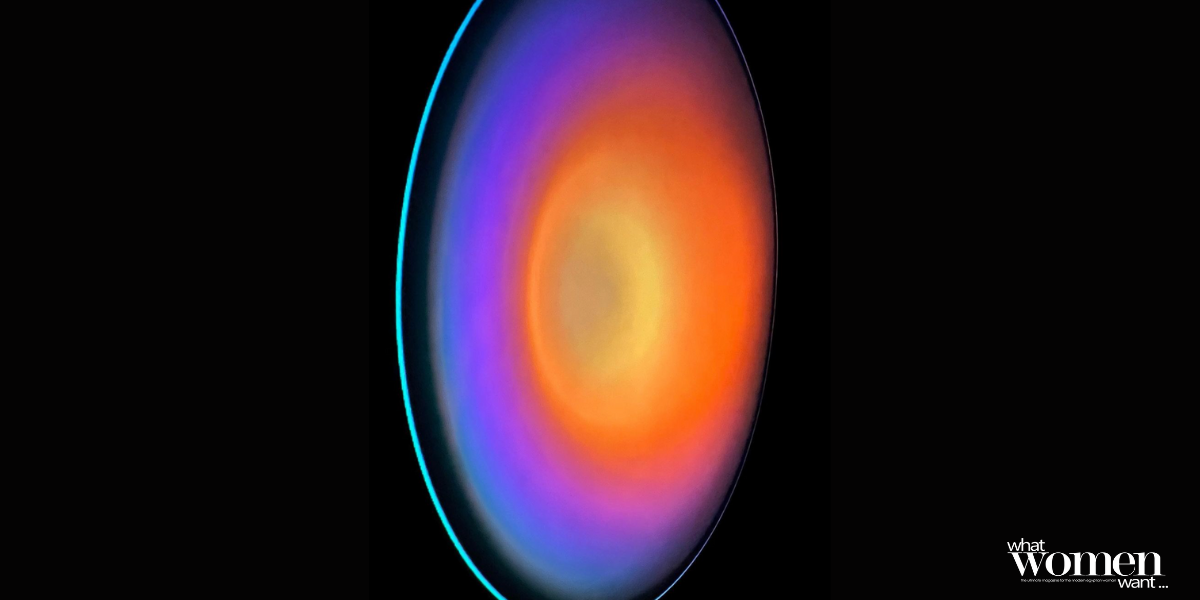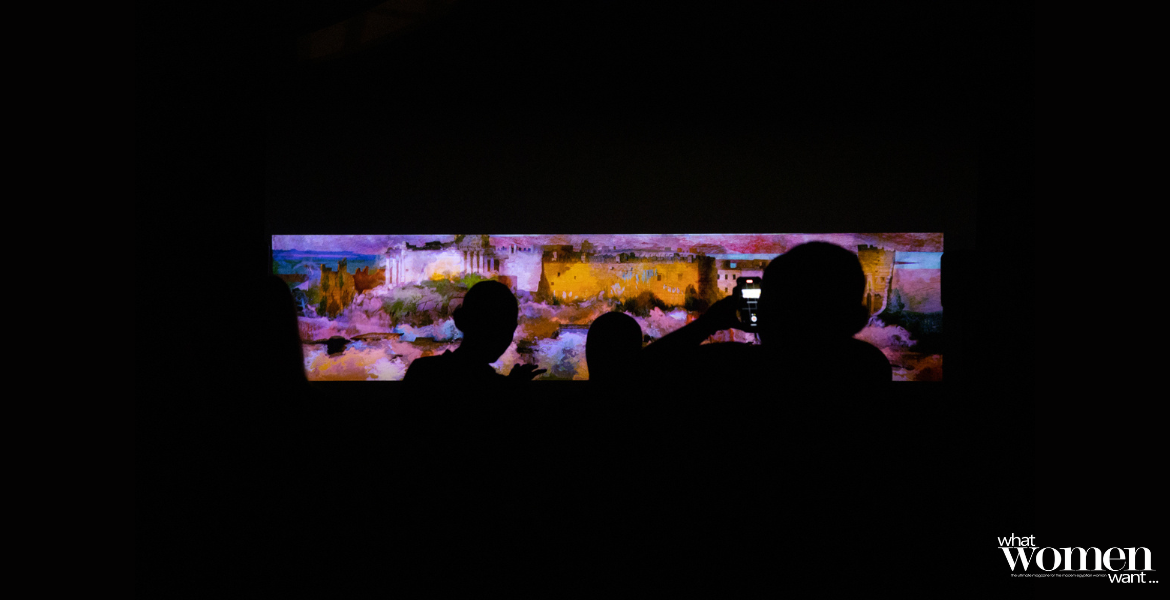The journey began when Andrea Sztojánovits received a copy of Baalbek by Hungarian Artist Csontváry. Soon after, inspiration struck Sztojánovits, and she went to Pécs, a Hungarian city where the Csontváry museum is located. After looking at the original for quite some time, she began to hear the painting speak to her, telling her to go beyond the painting and think of the meaning. Sztojánovits explained “It is not an idea. It has a deeper connection with the world. You can see something; you can see history. You can see your own present or past.”
The view of Csontváry’s hotel window in Lebanon inspired the original painting of Baalbek. He took the real view and completely recomposed the perspectives of what belongs in the foreground and background. The painting could be dissected into three levels: ground, middle, and top. The ground level represents the earth and everyday life. The middle is the Amphitheatre, which symbolizes the history and culture. The top reflects the connection with the heavens and the infinite soul.
Csontváry was a traveler, and he painted wherever he went, which mirrors Hungarian art and culture. She clarified that “Hungary is a really mixed culture, so we are from a lot of places in the world, and that is why I think we can connect with many kinds of cultures, with Baalbek also”. Baalbek can bring you closer to the Lebanese culture, even more than a picture ever could. This is due to the symbols used in the painting, as well as visual communication.
The Process of The Work
 When the vision and perspective became clear to Sztojánovits, she started to work immediately. She worked for two weeks every day on the digital file to create the layers for the interactive installation. “How could we do an installation, which drives you to a kind of meditation” she stated when questioned about her motives. She also knew that music must be integrated to create an immersive experience for the audience. “I asked my musician friend Gergely Álmosto to write and compose the music for this piece and he composed totally for this piece the music,” said the Hungarian artist.
When the vision and perspective became clear to Sztojánovits, she started to work immediately. She worked for two weeks every day on the digital file to create the layers for the interactive installation. “How could we do an installation, which drives you to a kind of meditation” she stated when questioned about her motives. She also knew that music must be integrated to create an immersive experience for the audience. “I asked my musician friend Gergely Álmosto to write and compose the music for this piece and he composed totally for this piece the music,” said the Hungarian artist.
The Controlling System
Her choice of the infrared camera to be the controlling system of choice reflected her identity as a musician. “I played the piano for 14 years, and I wanted to be a musician” reminisced Sztojánovits. This is evident in her work, as she discovered her artistic identity in visual improvisation, she rediscovered her love for music. The movement of the hand when playing with the cameras mirrors the hand movement of a conductor of an orchestra. Through these movements, you can shift between the different perspectives and the process of painting. She highlighted that she “put the perspective transformation so that you can interact and change the perspective view and you can take a journey inside the picture within your own time.”
Her Other Work

Baalbek is not the only remarkable work of Sztojánovits, her work transcends and breaks through barriers of regular art. Oasis is a new work of hers that pulls inspiration from the artist’s imagination. She explained, “I imagine the feelings of someone who is in the desert”. After not eating or drinking, the person begins to hallucinate, and this is the feeling she wants to convey. She also added that she chose to include music in this piece because the sound of silence adds to the emptiness that the audience is supposed to feel.


